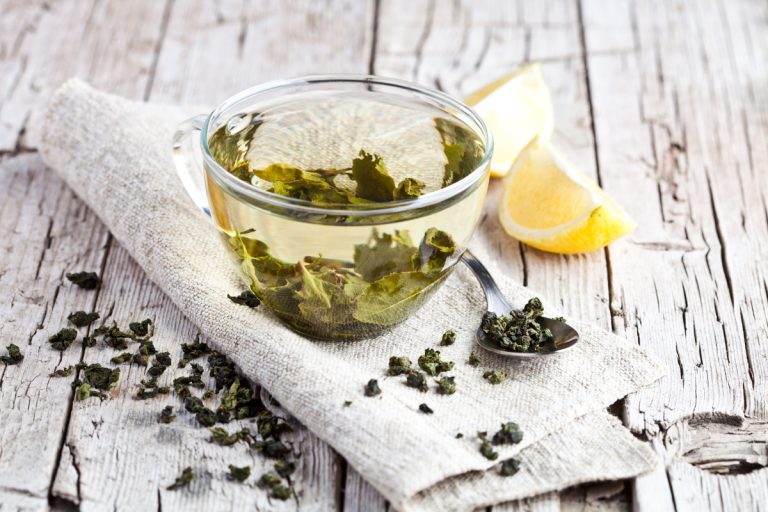Tea is believed to have been consumed in China for thousands of years.
This article discusses the history of tea and how long people have been drinking tea in different countries throughout the world.
Table of Contents
Earliest Physical Evidence of Tea
In 2016, researchers announced the discovery of the oldest known physical evidence of tea in the mausoleum of Emperor Jing of Han, who died in 141 BCE, in Xi’an, China. The discovery revealed that tea from the Camellia genus was consumed by Han dynasty emperors as early as the 2nd century BCE.
However, the use of tea likely went back even further.
The Mythical Origins of Tea
The origins of tea can be traced back to ancient China and it begins with a legend involving the mythical Chinese emperor Shennong.
According to the legend, the discovery of tea was accidental. The story states that the Chinese emperor Shennong was boiling water under a Camellia sinensis tree when some leaves from the tree blew into his pot. Intrigued, Shennong drank the infused water and found it to be refreshing. Thus, tea was born.
Tea in Ancient Chinese Literature
Tea is mentioned in many ancient Chinese texts, and its consumption was considered to be a marker of sophistication and cultural refinement.
One of the earliest written accounts is A Contract with A Servant by Han Dynasty poet Wang Bao.
During the Song Dynasty (960–1279 CE), tea drinking became an important part of Chinese culture and society. A famous Song Dynasty literati, Lu Yu, wrote the “Ch’a Ching”, or “The Classic of Tea,” which is widely considered to be the authoritative text on the subject. In this work, Lu Yu discussed the history, cultivation, and preparation of tea, as well as its benefits and spiritual significance.
The literature of the Ming Dynasty (1368–1644 CE) also contains many references to tea.
The Spread of Tea Throughout the World
Tea quickly spread throughout China and became a staple in the country’s culture. It was used in religious ceremonies and as a sign of hospitality, with tea houses popping up all over the country.
It was also introduced to many other countries.
Japan
The first known contact between Japan and tea likely occurred in the 8th century during the Nara period during diplomatic missions from Japan to China’s Tang dynasty, which were done in order to bring back knowledge and artifacts of Chinese culture, but there’s not much evidence to say for certain.
The Chakyō Shōsetsu mentions that Emperor Shōmu served powdered tea to a hundred monks in 729, but the authenticity of this record is uncertain.
In the 9th century, it is believed that tea was brought to Japan by Buddhist monks.
In the Heian period, tea was cultivated and consumed on a small scale by Buddhist monks and the imperial family, but it was not yet popular outside of these circles. At this time, the form of tea consumed in Japan was likely brick tea.
By the Edo period (1603-1868), tea had become a part of daily life for Japanese people, with tea houses and tea gardens appearing in cities and towns throughout the country. The tea ceremony continued to evolve and became a popular pastime among the merchant class.
During the Meiji period (1868-1912), tea production in Japan boomed due to advanced machinery and Japanese tea began being exported to other countries on a large scale. Today, Japan is a major producer of high-quality green tea, and the tea ceremony is still an important aspect of Japanese culture.
Europe
Tea also spread to other parts of Asia, including Korea and Vietnam, and by the 16th century, it had made its way to Europe, where it was introduced by Portuguese traders.
The Dutch and the British began trading with China in the 17th century, and by the 18th century, tea had become a popular drink in Europe. The British East India Company began to import tea directly from China, and by the 19th century, tea had become a staple drink in Britain.
During the colonial era, tea cultivation was also introduced to India, Sri Lanka, and other countries in the British Empire, which became major producers of tea.
The globalization of tea continued into the 20th century, with tea cultivation spreading to other countries such as Kenya and Argentina. Today, tea is grown in more than 60 countries, with China, India, Sri Lanka, Kenya, and Turkey among the largest producers. It is now the second most consumed beverage in the world, after only water.

